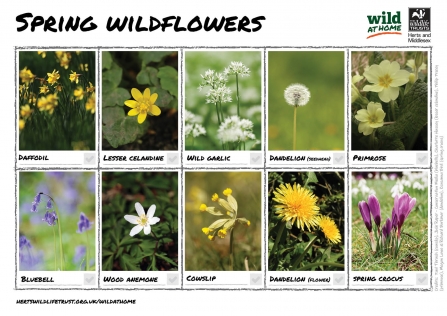
Daisies © Lauren Heather
Daisy
Daisies are ingrained in our culture and have often played a big part in our childhood. Who doesn't remember making daisy chains and wreathes of daisies or plucking the petals while saying the familiar "He loves me...he loves me not..."? But did you know that the name daisy comes from the "day's eye", as it opens with the sun and closes when the sun goes down?
Where to find: Everywhere








